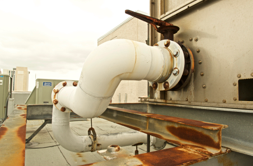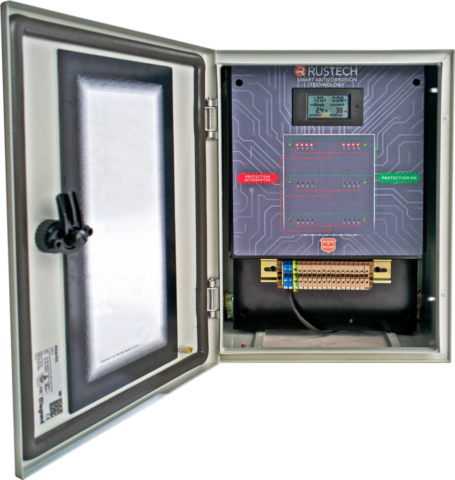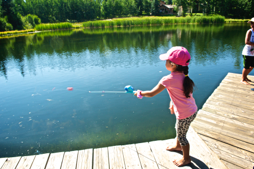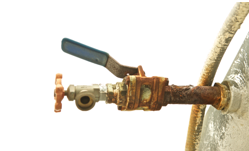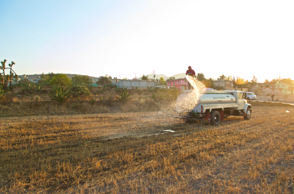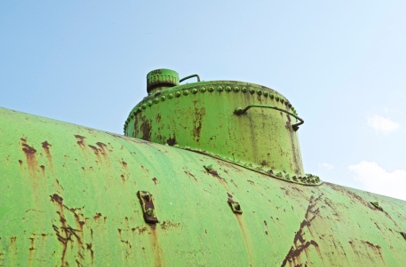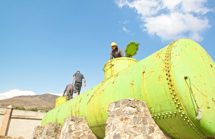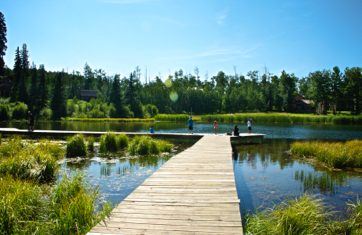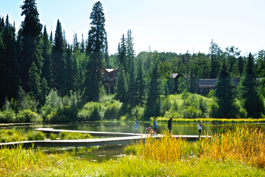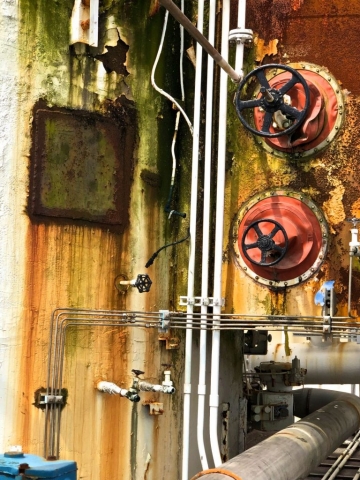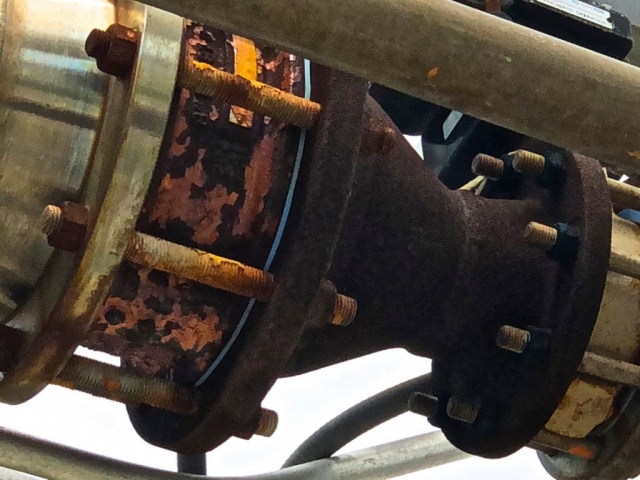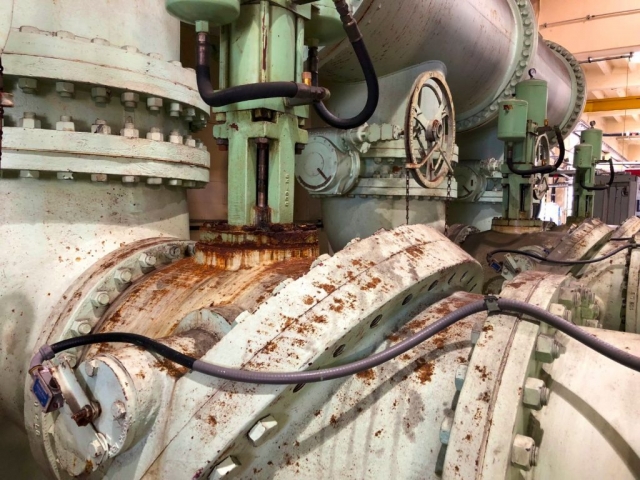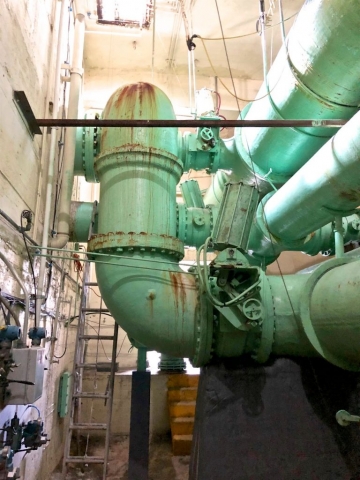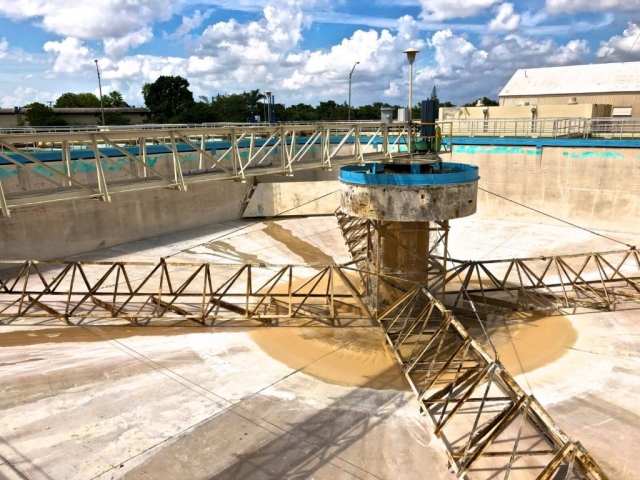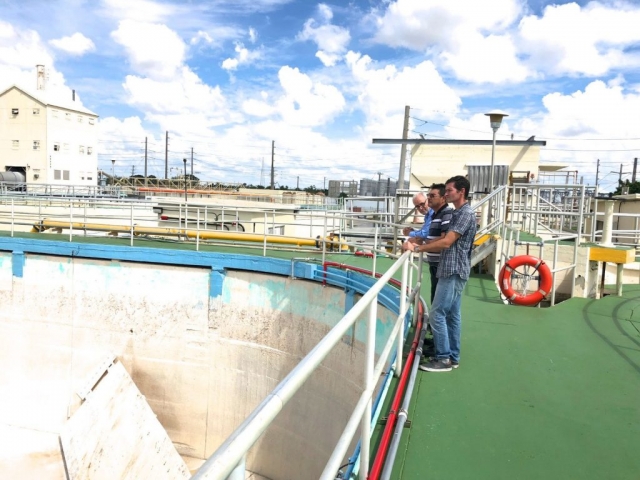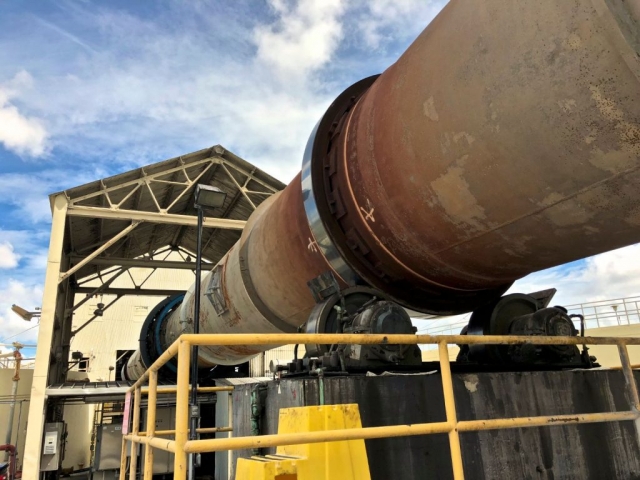A recent study estimated the corrosion-related costs for the U.S. drinking water sector are $22.25 billion annually. No other U.S. industry sustains a larger amount. These costs include spending to replace and/or rehabilitate deteriorating systems; corrosion treatments such as addition of corrosion inhibitors, pH adjusters and alkalinity control; internal linings, external coatings and cathodic protection, and unaccounted water leaking from drinking water systems.
The cost of corrosion to consumers is enormous and increases as underground systems suffer from internal and external corrosion attack. As the nation’s systems expand and more metallic distribution piping is buried, this asset will begin to deteriorate out of sight due to corrosion and age (1-Koch, Gerhardus H., et al., “Corrosion Costs and Preventive Strategies in the United States,” Report by CC Technologies Laboratories Inc. to Federal Highway Administration (FHWA), Office of Infrastructure Research and Development, Report FHWA-RD-01-156, September 200)
According to the American Waterworks Association (AWWA) industry database, there is approximately 876,000 mi of municipal water piping in the United States. This number is not exact, since most water utilities do not have complete records of their piping system. The sewer system consists of approximately 16,400 publicly owned treatment facilities releasing some 155 million m3 41 billion gallons) of wastewater per day (1995). The total annual direct cost of corrosion for the nation’s drinking water and sewer systems was estimated at $36.0 billion. This cost was contributed to by the cost of replacing aging infrastructure. the cost of unaccounted-for water through leaks, the cost of corrosion inhibitors, the cost of internal mortar linings, and the cost of external coatings and cathodic protection. Americans consume and use approximately 550 L of drinking water per person per day, for a total annual quantity of approximately 56.7 billion m’. The treated drinking water is transported through 1.4 million km of municipal water piping. The water piping is subject to internal and external corrosion. resulting in pipe leaks and water-main breaks. The total cost of corrosion for the drinking water and sewer systems includes the cost of replacing aging infrastructure. the cost of unaccounted-for water, the cost of corrosion inhibitors, the cost of internal cement mortar linings, the cost of external coatings, and the cost of cathodic protection. (source:energyskeptic)
Rustech® offers a unique, safe and effective solution, since it can work on both the exterior and interior of the pipelines and all internal components, like in turbines and submerged pumps it also operates with extreme flexibility with very low power consumption and portability with the usage of solar panels if required.

